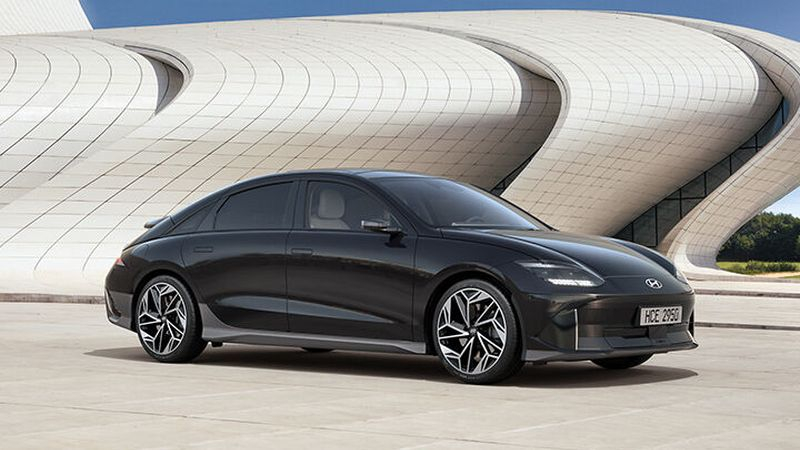Even the world’s largest Chinese automobile market this year is showing higher sales dynamics of hybrid cars than purebred electric vehicles. On a global scale, there is a tendency for manufacturers to abandon their initially ambitious plans for the transition to electric traction and invest colossal sums in this migration. Now many market participants are more sober in their assessment of the demand for electric vehicles.

Image source: Hyundai Motor
Since the macroeconomic situation is not conducive to the active purchase of expensive vehicles, and electric vehicles, at least because of the cost of their traction batteries, remain an expensive alternative to cars with internal combustion engines, the demand for battery-powered cars is slowing down its growth around the world. In many regions of the planet, demand for electric vehicles is hampered by the weak development of charging infrastructure. Finally, for those who like to travel long distances, cars with this type of power plant are not suitable, if only for the reason mentioned above.
As mentioned earlier, Ford Motor conventionally loses $100,000 on each electric vehicle produced, since the initial investment in organizing their production is not yet justified by sales volumes. A couple of years ago, the company planned to completely convert its European range of models to electric power by 2030, and by 2026 to launch the production of two million electric vehicles annually. Having realized that it first needs to find a way to produce more affordable traction batteries, the company is now revising its strategy in this market segment. The full-size seven-seat electric crossover was eventually cancelled, and the debut of the electric pickup truck was delayed to 2027. Ford will use part of the savings to expand its range of hybrid models.
Until the Chinese BYD reached third place in the world in passenger car sales, it was occupied by the South Korean concern Hyundai Motor Group, which also owns the Kia and Genesis brands. The manufacturer still aims to sell 2 million electric vehicles annually by the end of the decade, but now promises to double its plug-in hybrid range by 2028.
The Swedish brand Volvo, owned by the Chinese Geely, argues in a similar way. Previously, it expected to completely switch to the production of battery-powered cars by 2030, but now it is ready to keep cars with internal combustion engines on sale after this period. At the same time, the range of Volvo hybrids with the ability to recharge from the mains will be expanded. In any case, each of the current and future Volvo models will also exist in a purely electric version.
The premium brand Porsche, part of Volkswagen, was previously ready to make up to 80% of its model range from electric vehicles by 2030, but now it is not shy about its own plans to continue developing more advanced internal combustion engines. One way or another, they will also be required for hybrid versions of cars, which, in terms of internal combustion engine characteristics, have their own special preferences. The competing brand Mercedes-Benz, which recently announced a complete transition to electric power by the end of the current decade, will also continue to sell cars with internal combustion engines after 2030.
By the way, against this background, the long-standing position of Toyota Motor Corporation, which remains the largest automaker in the world, is adequately perceived. Having once invested heavily in the development of hybrid transport, she has insisted in recent years that it is more practical in terms of phasing out fossil fuels. The Japanese giant is also developing hydrogen transport, not only in the version with fuel cells, but from the point of view of adapting the internal combustion engine to run on hydrogen. At the same time, Toyota does not forget about the development of solid-state traction batteries, because they will also be useful for hybrids, and not just electric vehicles.